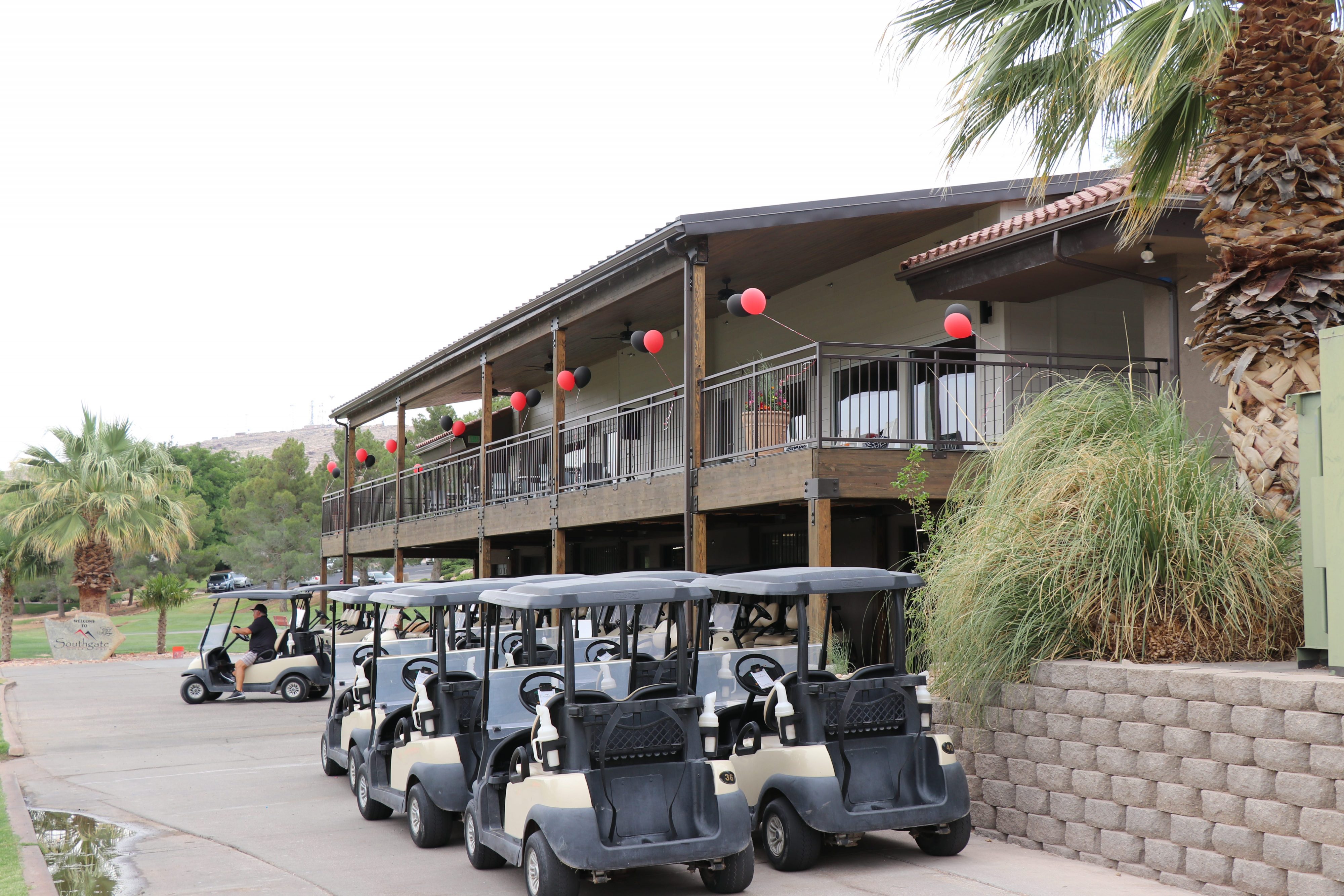(Editor’s note: With the recent U.S. Open at Torrey Pines finished, there are no municipal golf courses on the majors schedule for the foreseeable future. In a series, Golfweek has been shedding a spotlight on municipal golf, why it’s a crucial piece of the golf industry and how it’s evolving. To see why some courses fail, why some succeed and where the industry is going, click here.)
ST. GEORGE, Utah — This southern Utah city is set to spend more than $1 million dollars on renovations to improve clubhouses on its golf courses in the upcoming year, according to the proposed city budget for 2021-22.
The city plans to spend $1.3 million on improving and renovating the clubhouses at the Southgate Golf Club and St. George Golf Club. This commitment to improving the golf courses is part of a “continual investment” that St. George has towards its golf courses, according to city council member Bryan Smethurst. The total budget for the golf department of the city is close to $7.4 million, according to the proposed city budget.
The city just finished renovations at the Southgate clubhouse that cost $755,000, adding a wrap-around deck, improving the kitchen and other facilities. The city will also give the 40-year-old clubhouse at the St. George Golf Club a “facelift” in 2022, according to Colby Cowan, the director of golf for St. George.
Smethurst says the golf courses are great for the city because they provide a steady stream of income. These golf courses saw an increase in usage during this last year due to Utah opening up sooner from coronavirus restrictions than other states, according to Cowan.
“We saw a big influx at the start of COVID from California and other areas like Nevada that were locked down came as well,” said Cowan.
The city budget projects its four courses will make $5.6 million in revenue over the next year. Smethurst says the increased usage of these golf courses is advantageous for both the city and its residents.
“These courses really carried us through COVID,” Smethurst said.
There are 13 golf courses in Washington County, a majority of which are owned by municipalities and thus managed by city governments. St. George owns four golf courses: St. George golf club, Dixie Red Hills, Southgate golf club and Sunbrook Golf Club.
In 2020, 739,292 rounds of golf were played in Washington County and 39.5% of those rounds were played by non-locals, according to Kevin Lewis, the Washington County director of tourism. Lewis says the extra money travelers pay to play golf in southern Utah is what allows the region to have so many courses.
“If we had to support the golf courses with resident usage the community could support two golf courses,” Lewis said. “The benefit to the residents of having visitors is that they get more courses.”
At the four St. George courses, there were 230,000 nine-hole rounds played this year on average. In the next year, the city projects up to 250,000 rounds will be played, according to Cowan.
If golf is really on the rise again in St. George, the city is planning on increasing fees and rates. These include increasing the nine-hole fee by $1, eliminating free rounds with a loyalty card, increasing the summer pass cost and eliminating shoulder season rates which go from October to December.
These moves are projected to net an extra $370,000 and the money from these increases will be used to offset maintenance costs, according to Cowan.
The golf courses run by St. George all use non-culinary irrigated water to maintain the large swaths of grass. This water would be unusable as culinary water and using it to keep golf courses green saves the city millions of dollars in treatment costs, according to Karry Rathje the communications director for the Washington County Water Conservancy District.
To water nine holes on these golf courses for a year, it takes 65 million gallons of reused non-culinary water, according to Cowan. The four municipal courses have a combined 72 holes so it takes 520 million gallons of water to keep St. George’s golf courses green.
Using this less treated water allows the golf courses to pay next to nothing in water fees, the budget projects all four courses will pay zero dollars for water in 2021 and 2022. In 2020, the St. George Golf Club was the only course that paid water fees, $124,800, but the course switched to using irrigated non-culinary water and now doesn’t pay water fees.
Since the water is irrigated, the water costs are represented in pumping and electric fees, according to Cowan. For 2021 and 2022, these courses are expected to spend $84,000 on electrical and pumping costs.
Sean Hemmersmeier covers local government, growth and development in Southwestern Utah. Our work depends on subscribers so if you want more coverage on these issues you can subscribe

